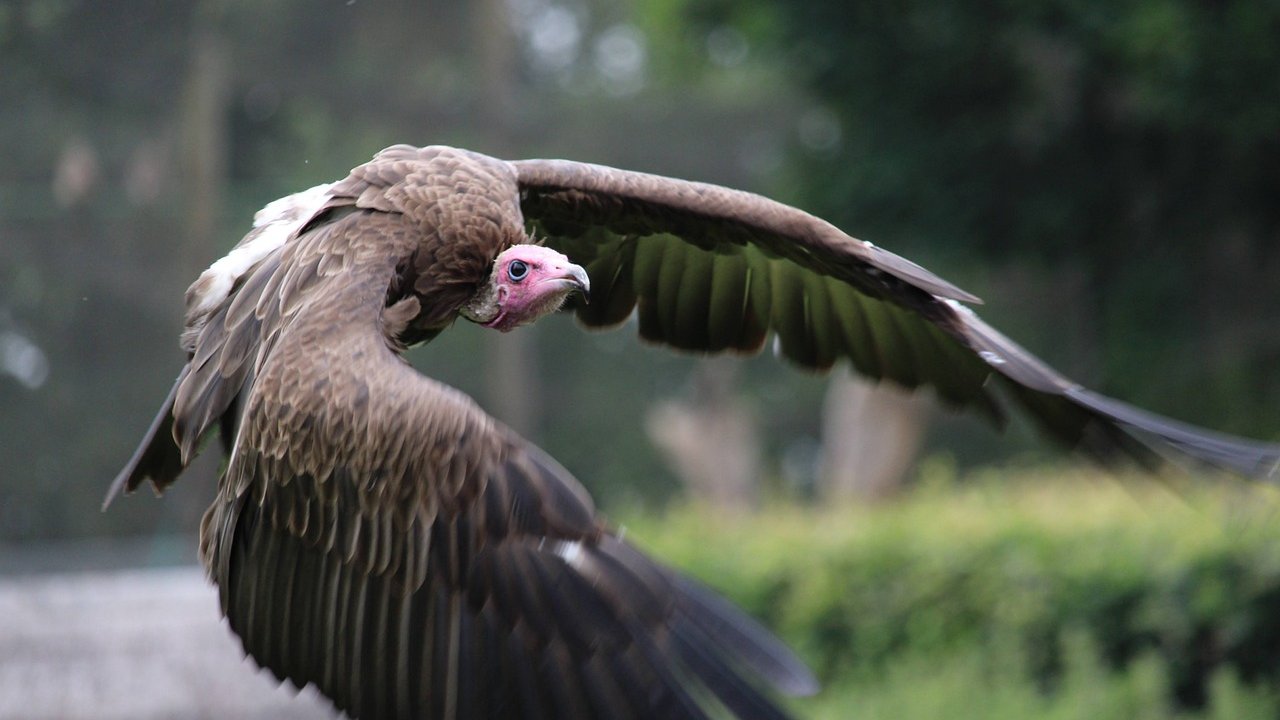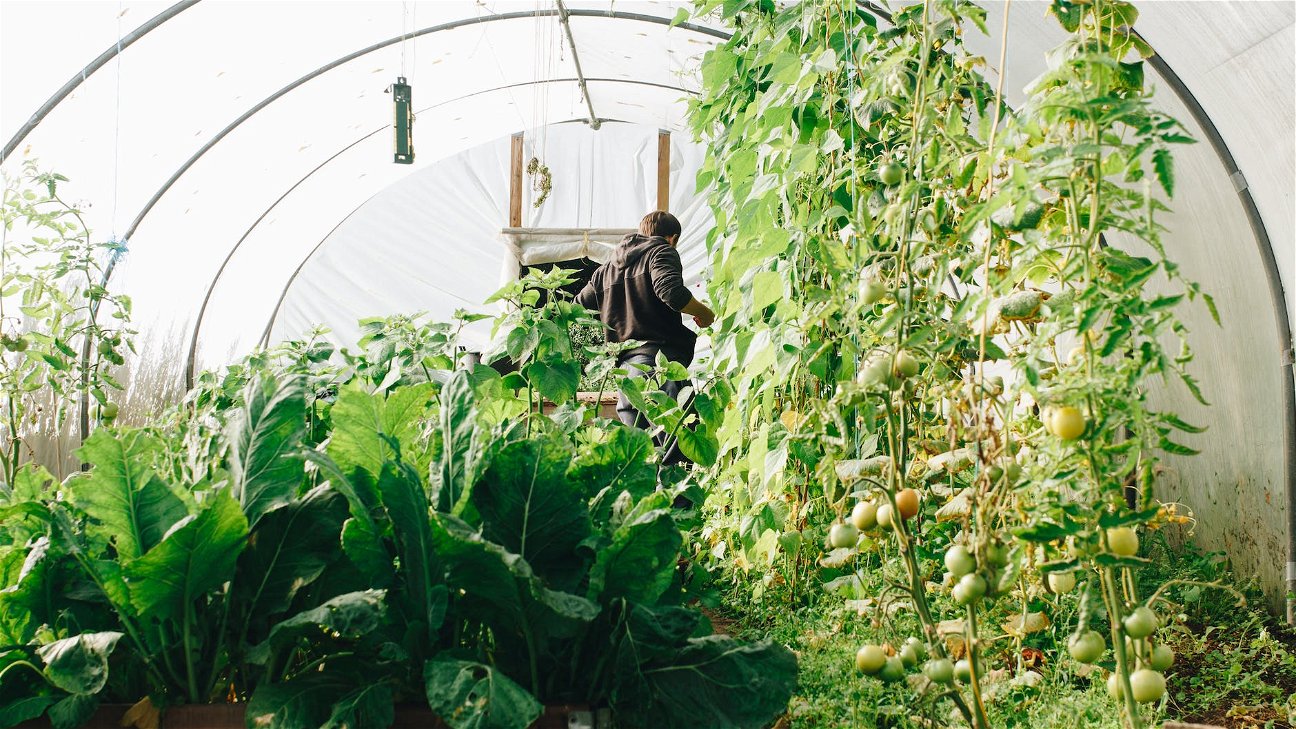
When it comes to successful gardening, understanding the life cycle of plants plays a pivotal role. One crucial aspect of this cycle is seed germination. Many seeds, particularly those from trees and shrubs, require a process called cold stratification to break dormancy and germinate effectively. Cold stratification mimics the natural conditions that seeds would experience during winter, breaking their dormancy and preparing them for successful spring germination.
What is Cold Stratification?
Cold stratification is a method of mimicking the natural winter conditions that some seeds need to break their dormancy. The term 'dormancy' refers to a period in a seed's life when growth is temporarily stopped to avoid germination at an unsuitable time. By exposing these seeds to a cold and often moist environment, you can speed up the germination process once planting time comes around.
Benefits of Cold Stratification
There are several benefits to cold stratifying your seeds:
- Speeds up germination: The process can significantly speed up the germination process. This is particularly beneficial if you're short on time or want to see results quickly.
- Increases germination rate: Cold stratification can also increase the germination rate of seeds. This means more of your seeds are likely to sprout, leading to a higher yield.
- Breaks seed dormancy: As mentioned earlier, cold stratification helps break seed dormancy. This is vital for seeds that would naturally go through a winter period before germinating.
Now, let's delve into the 4 techniques of cold stratification.
1. Refrigerator Method
The refrigerator method is one of the simplest and most common methods of cold stratification. This technique involves placing moistened seeds into a sealed container or bag and then storing them in a refrigerator. The temperature should be kept between 1°C and 5°C. Depending on the type of seeds, the cold stratification period can range from a few weeks to several months.
2. Outdoor Method
The outdoor method is a natural way of cold stratifying seeds. The process involves planting the seeds directly into the garden during the fall. The seeds will then experience a natural period of cold weather, which will help break their dormancy. This method is particularly useful for hardy native plants and trees that are adapted to your local climate conditions.
3. Cold Water Soak
With the cold water soak method, seeds are soaked in a container of cold water for a specified period. The duration of the soak can vary depending on the seed type, but it usually lasts between 12 to 24 hours. After soaking, the seeds can be planted directly into the soil.
4. Cold Frame Method
A cold frame is a transparent-roofed enclosure, located outdoors and used to protect plants from adverse weather. The cold frame method provides a controlled environment for cold stratification. Seeds are sown into pots and placed into a cold frame during the winter months. The cold frame provides a barrier against extreme weather while still allowing the seeds to experience cold temperatures necessary for breaking dormancy.
Remember, the required duration of cold stratification varies dramatically between different plant species. Always research the specific needs of the seeds you are trying to germinate to ensure successful cold stratification.
Understanding and implementing the process of cold stratification can open a new world of gardening possibilities. Whether you are planting trees, shrubs, perennials, or annuals, this process can help you have a more successful germination experience.











